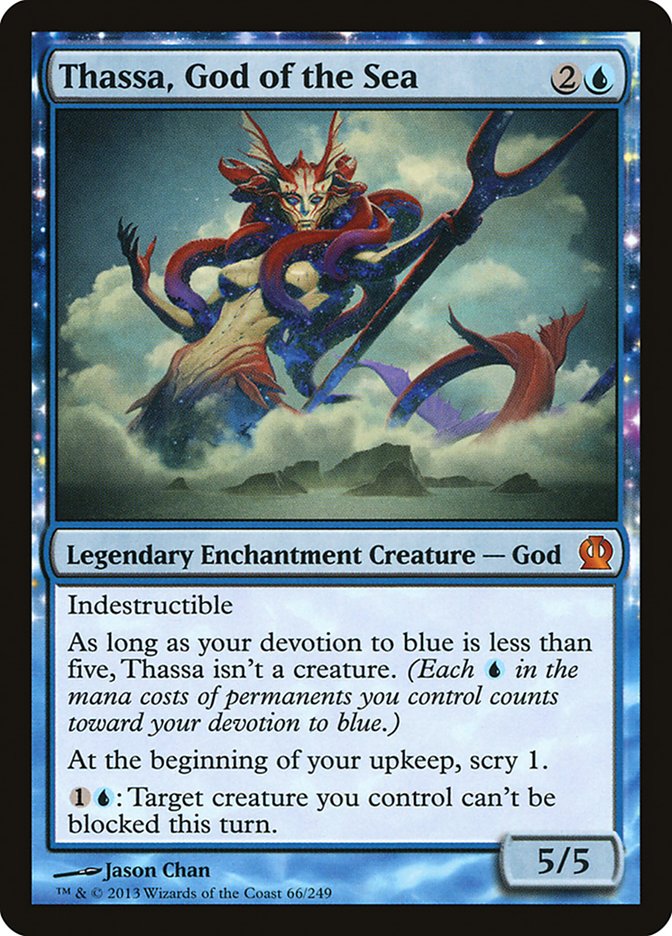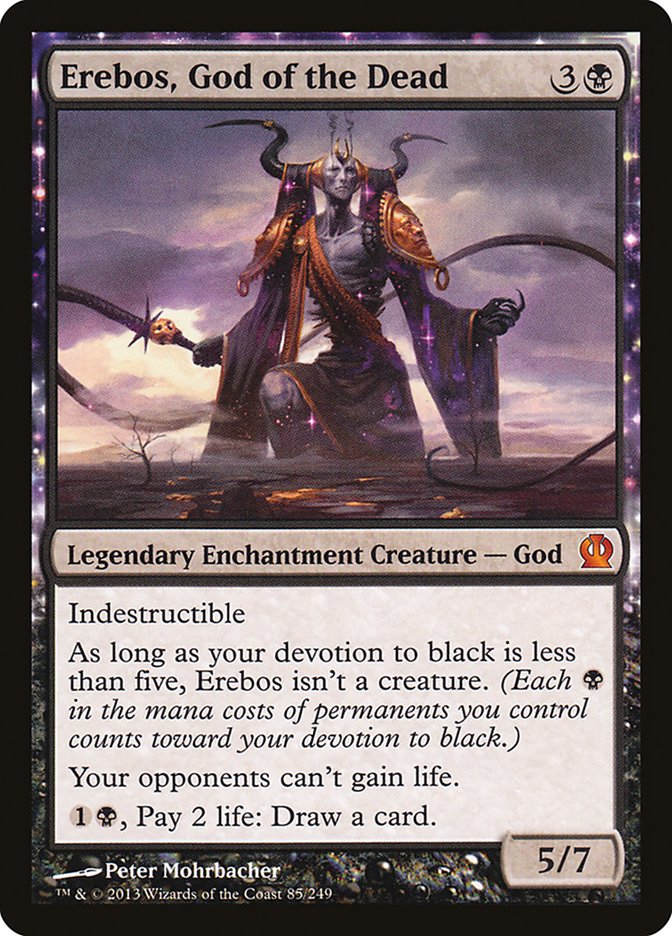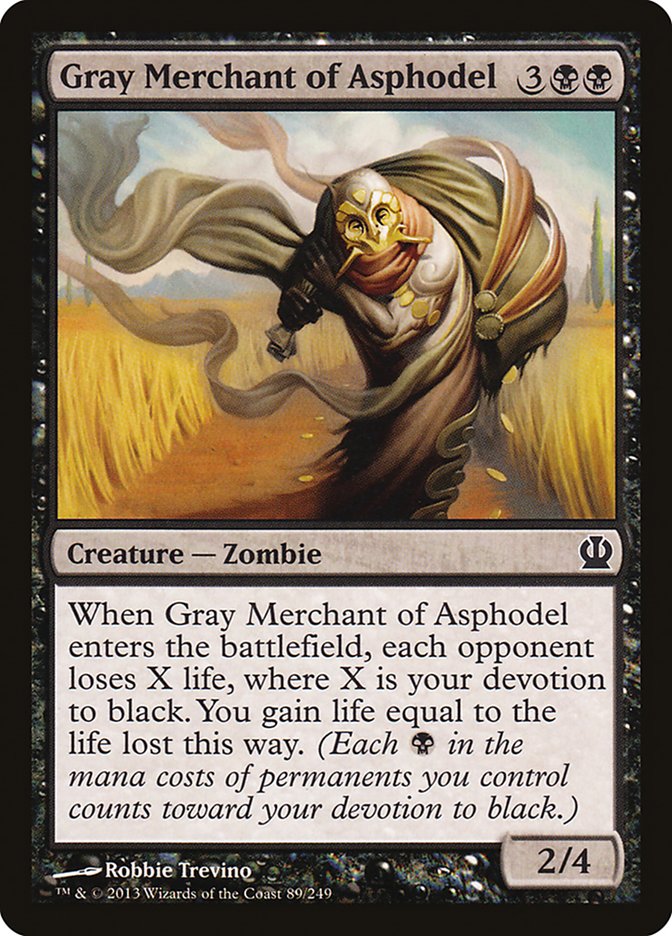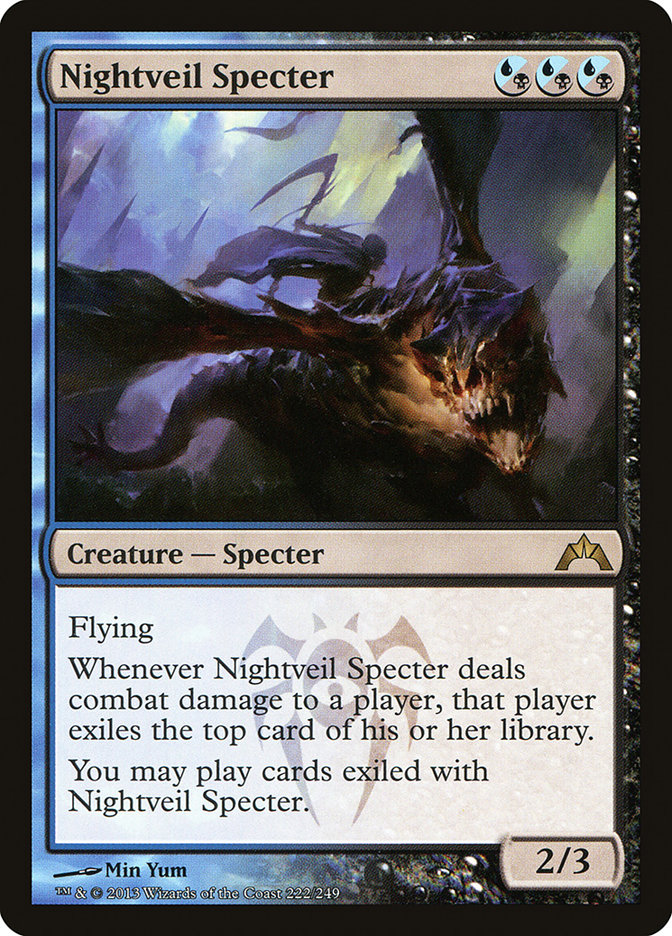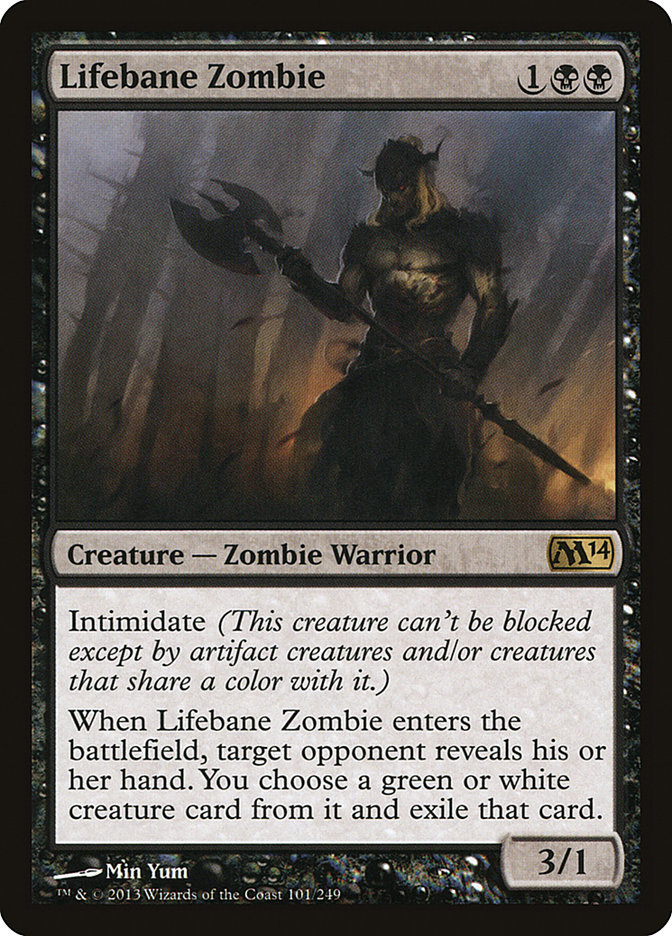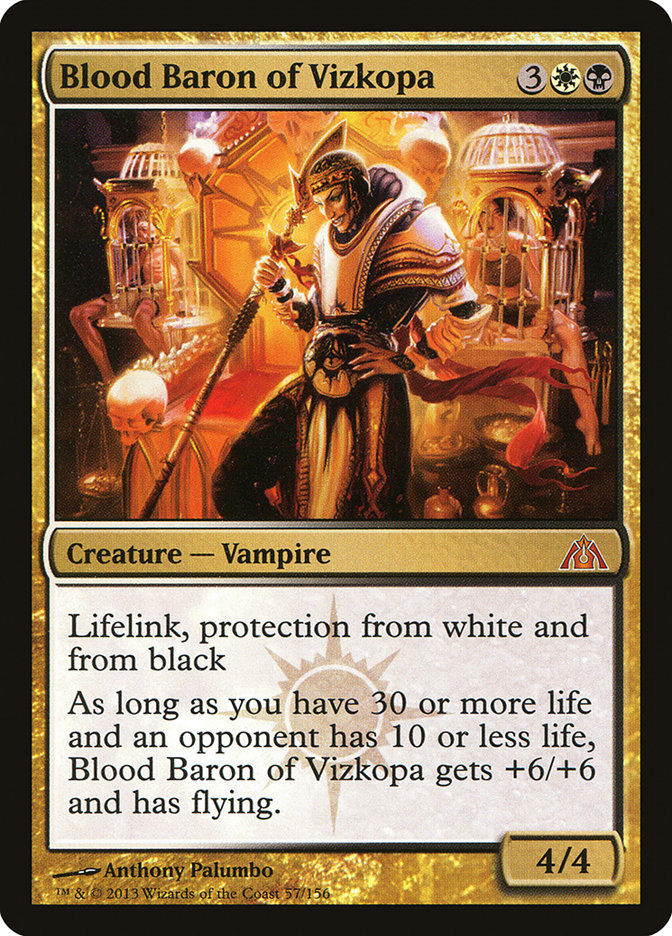Lastweek I appraised the first results we had for post-Pro Tour Kaladesh Standard and found that we had a clear top tier of B/G Delirium, W/U Flash, and Vehicle Aggro of R/W and Mardu flavors. Of course, we are still early in the season, so going into last week’s pair of Grand Prix, held in Warsaw and Santiago, I was excited to see the next stage in the format’s development. This was the first weekend where there was an easy to expect metagame to attack, so naturally I expected a few cool brews to make my Daily Digests for the week easy.
Suffice it to say things did not go as planned. I spent Sunday evening scrolling through all the decklists, only to find the same three archetypes again and again with rare exceptions. This is not how Standard in the fall operates. It’s supposed to be dynamic, with decks to beat rising and falling each week and no one feeling too comfortable about what is going on.
The data, compiled here by a lovely Reddit user who saw fit to make my job easier, is staggering. The top three decks simply dominate everything else, and their hegemony only becomes stronger as you move up the standings. Together they made up over 90% of the Top 64 decks across the combined tournaments.
So we’re living in strange times. Yes, we’re only recently removed from Bant Company dominating the format, but that only happened near the end of its time, when the format is a little larger and more fully fleshed out. For this kind of dominance to occur early in a Standard format is much more significant. However, it is not without precedent. For that, we need to get in the time machine and journey all the way back to 2013.
It was a simpler time. Sandra Bullock was floating in space and into our hearts while the Harlem Shake let everyone relinquish what little shame they had left. But in the Magic world, Theros was released, unleashing the scourge of Devotion on an unsuspecting metagame.
Mono-Blue Devotion, with its hordes of crappy draft common creatures backed up by the utterly ridiculous Thassa, God of the Sea, was the breakout deck of the Pro Tour. But not long after, Mono-Black Devotion with its utterly ridiculous draft common creature would emerge as the top deck in the format. These two, along with Sphinx’s Revelation control decks, ruled Standard as a
Each week for what seemed like an eternity, these three decks would vie amongst each other for the trophy. Many players sought to subvert their power with rogue strategies, but any success they found was fleeting. New sets were printed, giving the community hope of a brighter future, but those hopes were quickly dashed. The top decks had a combination of power and consistency that was unmatched.
Now, we can’t predict the future, and perhaps there are some hidden gems in Kaladesh waiting to be discovered, but it would be foolish to not look back on the lessons of Theros so that we may learn from history rather than repeat it. So today I am going to look back on that format and offer the lessons I find most poignant and applicable to our current situation, so that you may better understand the current Standard format.
Lesson 1: Don’t Get Fancy. Play the Best Decks.
For those of you who were around during Theros Standard, whose names come to mind? I know Jeremy Dezani and Ivan Floch won the Standard Pro Tours that season, but there were two players that seemed to always be at the top tables: Sam Black and Owen Turtenwald. Unsurprisingly, those two played their deck of choice, Mono-Blue and Mono-Black respectively, almost exclusively.
The difference between the top decks is very small, so trying to switch between them leads to a lot of wasted effort. However, the difference between the top tier and the second tier of decks is huge, so even if you think you’ve found something that is well-positioned for a given weekend, chances are you’re at best compensating for the existing gap in quality.
Honestly, this advice is applicable to most Magic tournaments. The best decks are on top for a reason and the idea of taking the tournament field by surprise and storming through it is little but a seductive fantasy.
And in formats like Theros, the fantasy was even more seductive because the narrow metagame gave the illusion of vulnerability. After all, it shouldn’t be difficult to find a brew that can beat three decks, and in most formats, it wouldn’t be. But the format is narrow specifically because that task is more difficult than normal, so discipline is of the essence. W/U Flash, B/G Delirium, R/W Vehicles…it doesn’t really matter which one; just pick the one you like most. You’re probably going to be playing it for a long time.
Lesson 2: Constantly Tweak.
This is another lesson widely applicable in Magic but particularly important in narrow formats. Most players derive their metagame advantage through deck choice, but that advantage is minimal in these formats, so you have to look for other places to gain an edge. And that place is in deckbuilding.
For most of Theros Standard, the decks didn’t seem to change much. Mono-Black played a pile of removal spells, Desecration Demons, and Grey Merchants. Mono-Blue had its Cloudfin Raptors, Tidebinder Mages, and Master of Waves. And U/W Control had all the U/W cards from Return to Ravnica.
But the last ten slots in all these decks did change. Mono-Black players had to decide between Nightveil Specter and Lifebane Zombie and how many Temples to play. Eventually there were variants that splashed white and green for additional tools. Mono-Blue could play bigger with more Jace, Architect of Thought or smaller with Rapid Hybridization and Cyclonic Rift. There was also a version that splashed white for Detention Sphere as an answer to Pack Rat.
To be successful in that format was to be aware of all these small deckbuilding decisions, how they affected your matchups and sideboarding, and predicting when the metagame was just tilted enough toward one end of the triangle to make a certain variant viable. This was a brewer’s hell, but it was a tuner’s paradise.
And I can already see some of the same dynamics forming in the current format.
Creatures (22)
- 4 Thraben Inspector
- 3 Depala, Pilot Exemplar
- 4 Scrapheap Scrounger
- 4 Toolcraft Exemplar
- 4 Inventor's Apprentice
- 3 Veteran Motorist
Planeswalkers (2)
Lands (22)
Spells (14)

R/W Vehicles decks are splashing black for Scrapheap Scrounger and maybe Unlicensed Disintegration. How deep you go into black is an exercise in trading consistency for power and the correct answer is likely to change each week.
Creatures (16)
- 2 Pilgrim's Eye
- 4 Mindwrack Demon
- 1 Emrakul, the Promised End
- 3 Ishkanah, Grafwidow
- 4 Grim Flayer
- 2 Noxious Gearhulk
Planeswalkers (4)
Lands (23)
Spells (17)

B/G Delirium mostly plays Grim Flayer as its two-drop, but Yichen Wang took down Grand Prix Providence with the old-school Sylvan Advocate and extra Tireless Trackers. Both of these seem good in the mirror, as the latter gains card advantage while the former eventually dodges Grasp of Darkness, unlike Grim Flayer. So is it much of a surprise that he won in a Top 8 filled with mirror matches? It shouldn’t be.
Creatures (20)
Planeswalkers (4)
Lands (25)
Spells (11)

W/U Flash can play Gisela, the Broken Blade over Gideon, Ally of Zendikar in some numbers if the format is unprepared for it and has a few flex slots in the maindeck that can be used for extra removal, a counterspell like Spell Shrivel, or more cheap threats to get aggressive.
These are the decisions you need to focus on, and staying with one archetype gives you the experience needed to make them accurately. The last few slots in a list are often overlooked because taking the time to think through them thoroughly is quite tedious, but tedium is a small price to pay for success.
Lesson 3: Evaluate New Sets Under the Original Paradigm.
When a new set comes out, everyone’s instinct is to brew new decks. They want to find the overrated and underrated cards and look like a genius when they crack the code on that first weekend. But the triumvirate is powerful and failure to respect that power often proves fatal.
New decks already face an uphill climb as they enter a field of decks that are several stages of development ahead of them, and this is a format where many of those tuned decks couldn’t hack it.
Born of the Gods took a lot of heat for its failure to affect the metagame in a meaningful way, and while it’s true that the set failed to break the monotony of the format with a new archetype, it did significantly alter the dynamics of the format via the introduction of Bile Blight. Having a removal spell that could kill everything from Tidebinder Mage to Mutavault to Master of Waves improved Mono-Black’s matchup against Mono-Blue, which led to Mono-Blue waning that winter.
Eventually Bile Blight settled in as a role-player because it was difficult to cast in decks with Mutavault, but Mono-Blue never quite regained its standing, which allowed the G/R and Jund Monsters decks to enter the format.
Later on, the printing of Caves of Koilos in Magic 2015 made B/W a much more popular variant of Black Devotion, which brought with it an influx of Blood Baron of Vizkopas. Players who reacted appropriately to these shifts were rewarded, while those who stayed static fell behind.
Entrenched decks rarely fade into oblivion unless something like Caw-Blade or Affinity comes along, so I would expect B/G Delirium, R/W Vehicles, and W/U Flash to remain popular and remain successful for quite some time.
New cards and new decks are yet another temptation, a siren calling you with her sweet song that you must resist if you are to achieve your goal of returning to Ithaka…I mean, winning the next tournament.
The common thread here is to not let the narrow format make you complacent. It’s all too easy to pick a deck and not work on it, expecting to be carried by its strength, but you’re still competing against hundreds or even thousands of players and there are always edges to be gained. You just have to look a little deeper to find them here.
Narrow formats like Theros are often unpopular because they are viewed as unhealthy, but that doesn’t mean they can’t be enjoyable. Learning the variants of each deck and the intricacies of the matchups is an interesting puzzle to solve, and the gameplay is often very good since the matchups are quite close.
I expect to see the same dynamics at play in the coming weeks as the matchups between the top decks become more studied and players look to next level the competition by coming up with unique plans for a given week. I also expect to see the champions of the archetypes emerge in the same way Sam and Owen did three years ago.
Perhaps I’m being a bit premature in my assessment, but I can’t help but see the same signs I saw last time. Smuggler’s Copter is like this format’s Mutavault, greatly advantaging any deck that puts in the minimal effort required to yield it. In Theros that effort was remaining one color, which was also rewarded by the devotion mechanic, whereas this time around it’s playing cheap creatures, not exactly a prohibitive cost.
Having cards on the power of Smuggler’s Copter and Mutavault fit into multiple decks is what makes it so easy to push out the rest of the format, since you get such a huge gain in power at such a low deckbuilding cost. The only way to combat this power is by building to an unbeatable end-game.
Sphinx’s Revelation certainly did that, and now we have Emrakul, the Promised End, which only needs to take up one slot thanks to Traverse the Ulvenwald and comes back from the dead thanks to Grapple with the Past. Another card with low opportunity cost and high impact.
It’s very difficult to match the return on investment that these cards offer, but I certainly expect plenty of people to keep trying. And all I can say to them is this:


